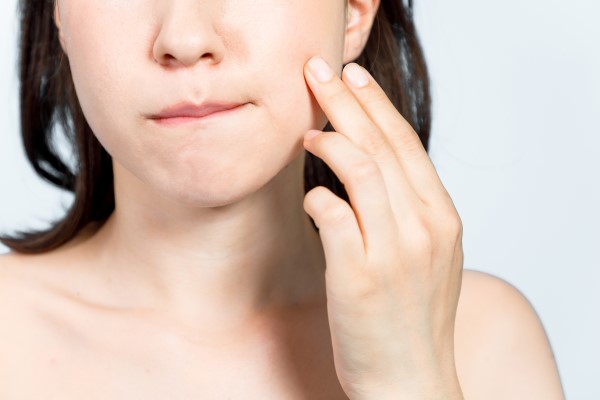Is Dental Botox for TMJ Effective?

Dental Botox for TMJ is an alternative procedure for temporomandibular joint (TMJ) disorders that cause pain and jaw tension. The injection of Botox® into the affected muscles can induce relaxation and alleviate the discomfort. It can also help with the headaches caused by teeth grinding and may even reduce the occurrence of a locked jaw. Based on the results of the treatment, it is safe to say that Botox can be highly effective for treating TMJ.
How dental Botox works for TMJ
The temporomandibular joint is positioned at the sides of the head where the jawbone connects to the skull. It enables eating, talking, swallowing and other routine activities. If the joint is dislocated or strained due to excessive teeth grinding or injury, the person may experience tension headaches and pain around the jaw. Botox alleviates jaw tension by relaxing the muscles and stops them from engaging in powerful, usually unconscious, jaw movement that leads to pain and headaches.
The application of dental Botox for TMJ disorders and jaw tension is typically quick, effective and straightforward. The procedure is non-surgical and is typically performed on an outpatient basis. The injection is administered in the dentist’s office and significant improvements are often noticeable within a day or two, although full relief may take about a week.
The duration of the Botox treatment procedure is based on the number of injections recommended by the dentist. Typically, the treatment usually takes 10 to 30 minutes. The injection only affects the areas that are injected with the botulinum toxin. Those areas are usually the frontalis, masseter and the temporalis, but other areas may receive an injection depending on the severity of the condition.
Any discomfort related to using dental Botox for TMJ treatment comes from the injections, but the pain is typically minimal and brief. Patients often compare the botulinum toxin injection pain to a prick or bug bite. The dentist may use a cold pack or anesthetic cream to numb the injection sites and reduce the pain.
What to expect after the dental Botox procedure
After the injection of botulinum toxin for TMJ treatment, the tenderness in the muscles will begin to disappear almost immediately. Wrinkles start to clear within 48 hours after the injections, and patients may continue to see the wrinkles reduce up to one week after the dental Botox treatment.
There may be slight temporary bruising, numbness or redness around the injection areas. The patient may not necessarily look several years younger, but they will find that their face looks more natural or relaxed and less angry or sad. Some patients may not notice any difference in the appearance of wrinkles.
In summary
Since the dental Botox for TMJ is non-surgical and non-invasive, patients can easily return to their regular activities immediately. However, to avoid dispersing the toxin to other areas, patients should avoid rubbing or massaging the area injected with Botox. Physical activities should also be restricted for some time. If you have additional questions about the procedure, book an appointment with the dentist for a consultation.
Request an appointment here: https://drdelucia.com or call Anthony DeLucia D.D.S., P.A. at (772) 492-7045 for an appointment in our Stuart office.
Check out what others are saying about our dental services on Yelp: TMJ Dentist in Stuart, FL.
Related Posts
A TMJ dentist is a dental professional who spends their days diagnosing and treating disorders that are related to the temporomandibular joint. This joint acts as a sliding hinge by connecting the jaw to the rest of the skull. Unfortunately, it can malfunction, which typically results in discomfort and dysfunction of the entire jaw.Thankfully, TMJ…
TMJ disorder is a serious condition that you should keep an eye on. Your dentist can check for signs and symptoms of this disorder. There are also treatments available to give you the relief you need. However, you do not need to wait to go to the dentist’s office to know that you have problems…
Do you suffer from a TMJ disorder, and are you looking for a TMJ dentist? Individuals can start by seeing their primary general dentist, who has training on the temporomandibular joint and how it affects one's dental health, including the jaw and entire skull.In order to utilize the services of a TMJ dentist, it is…
Temporomandibular joint disorder or TMJ disorder refers to a condition that affects the muscles, ligaments, and joints surrounding the jaw. The TMJ is a ball and socket hinge that uses sliding and hinging motions to function. The joint is at the back of the jaw and includes a bony bump called the articular eminence. The…
